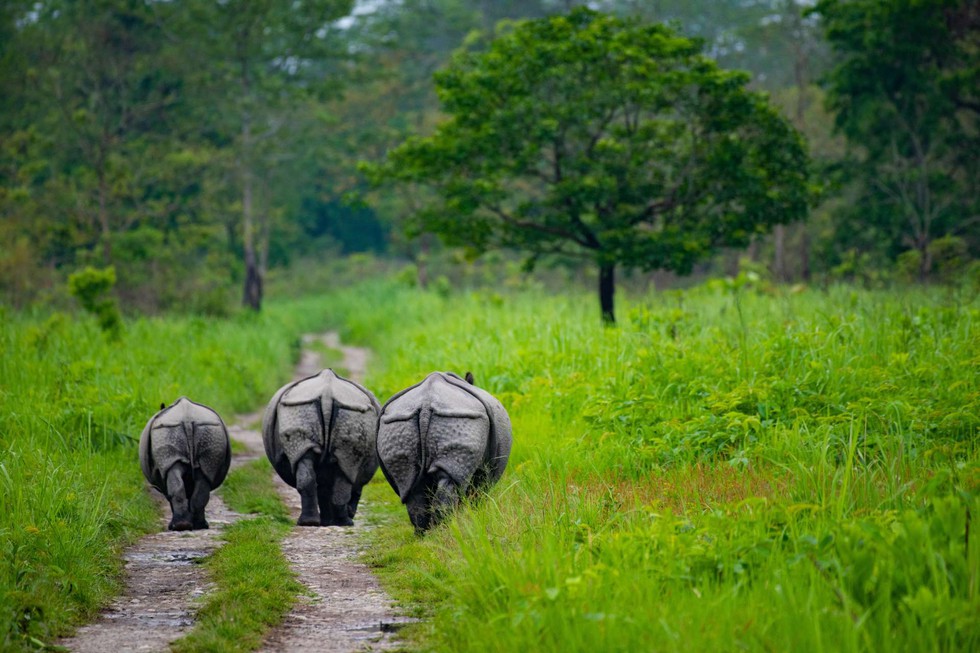About Manas National Park:
- It is located in the foothills of Himalayas in Assam.
- Sprawling in a large area of 950 sq.km, the national park shares a border with Bhutan's Royal Manas National Park.
- The Manas River, from which its name has been derived, flows through the west of the park and is the main river within it.
- The river also acts as an international border between India and Bhutan.
- Manas River is a major tributary of the Brahmaputra River and divides into two separate rivers, the Beki and Bholkaduba, as it reaches the plains.
- The park’s elevation ranges from 60 to 1,500 meters (200 to 4,900 feet) above sea level, contributing to its rich biodiversity.
- The area has the unique distinction of being a Natural World Heritage Site, a Tiger Reserve, an Elephant Reserve, a Biosphere Reserve, and an Important Bird Area.
- It is one of the first reserves included in the tiger reserve network under Project Tiger in 1973.
- It forms part of a large tiger conservation landscape which includes Buxa-Nameri-Pakke-Namdapha tiger reserves and protected areas of Bhutan and Myanmar.
- The park is inhabited by several indigenous communities, including the Bodo, who have a deep connection with the land and its wildlife.
- Flora:
- In general, the vegetation comprises Sal (Shorea robusta), scrub forests, old plantations (in buffer areas), semi-evergreen and mixed deciduous forests, interspersed with grasslands and riparian vegetation (in core area).
- The most presiding plant species found here are hollong trees. Some other prominent species available here are Amari, Dewa Sam, Himolu, Garjan, etc.
- Fauna: The Park is known for its rare and endangered endemic wildlife, such as the Hispid Hare, Pygmy Hog, Golden Langur, Indian Rhinoceros, Asiatic Buffalo, etc.
